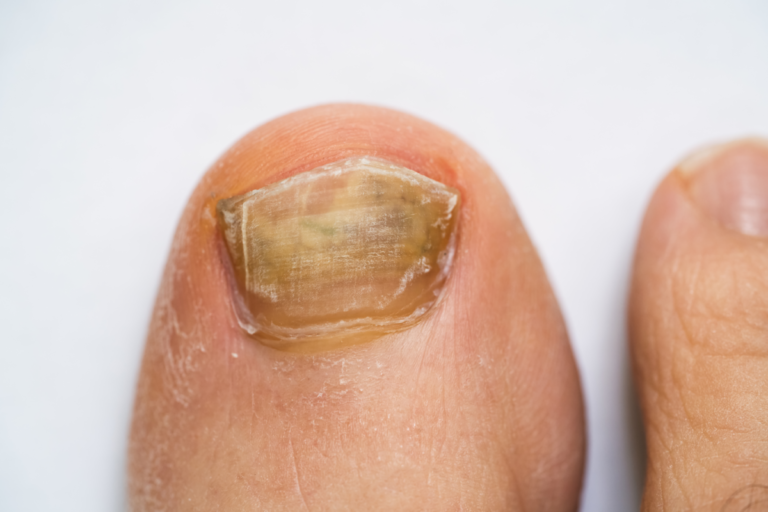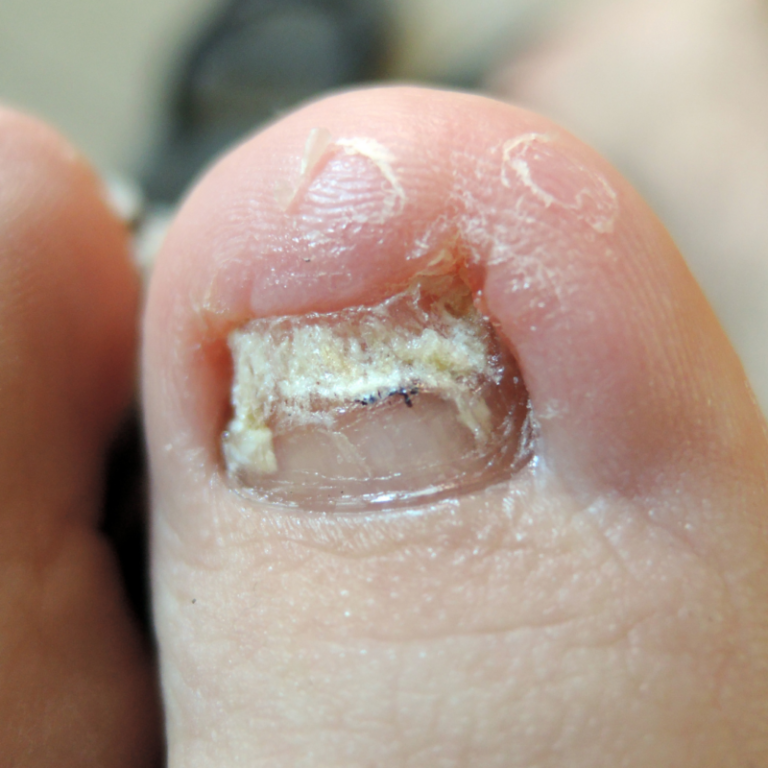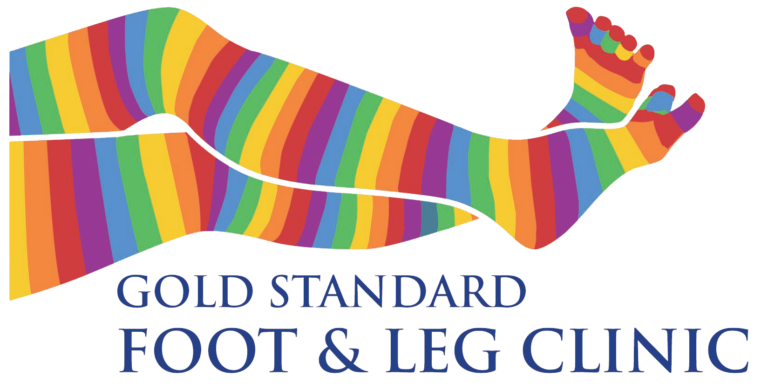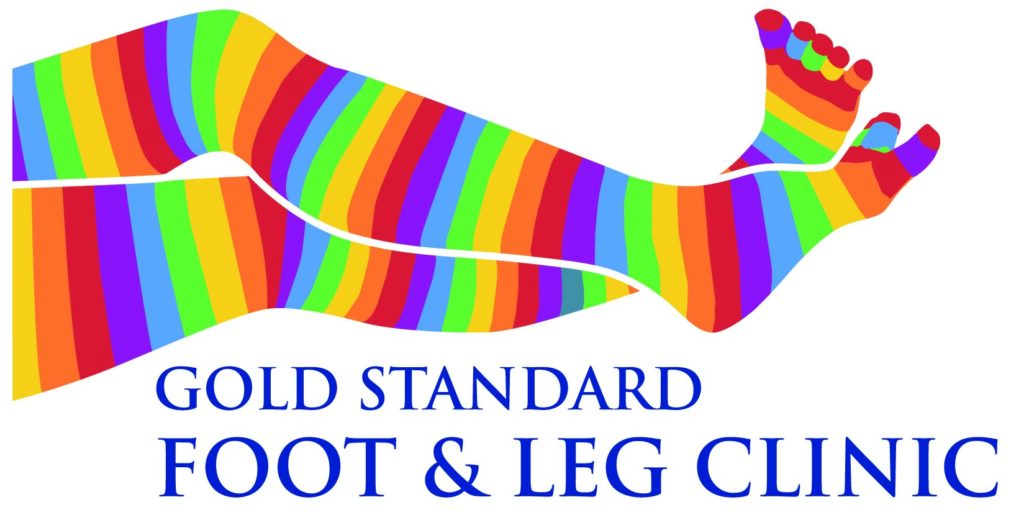What is a fungal nail infection?
A fungal infection of the nails can occur in about 1 in 10 people; this condition is known as onychomycosis.
It can infect any number of nails, including all of them, and is more frequently detected in toenails than fingernails.
There are many ways to identify a fungal infection. Such as white patches on the surface of the nail, discoloured areas at the side or far edge of the nails could be signs of a fungal infection. There may also be thickening of the nail, discolouration or the nail could be brittle or crumbling.
Although nail fungus may not seem very pleasant, it is not actually a cause for worry and does not have a major impact on healthy individuals.
Due to proximity, the skin around the nail and the entire foot can frequently harbour the same fungus. This may manifest as an athlete’s foot-like flaky, itchy, red rash across the sole, the edges of the nails, and the spaces between the toes. Because one might spread an infection to the other, it is crucial to treat both the skin and nails.
Prevention is better than treatment!
It’s critical to stop a fungal nail infection from returning after treatment. Increased skin-infecting fungus contact, such as that found in gyms and swimming pools. This can be one of the risk factors for fungal nails (and athlete’s foot).
At Gold Standard Foot and Leg Clinics we provide bespoke treatments for fungal nails. Dependant on whether the fungus has reached the nail bed. This will enable us to assess whether a topical treatment will be an effective treatment option.
f you would like any further information on how to identify a fungal nail infection, you can visit the NHS fungal nail infections page. You can also contact us to obtain further information regarding bespoke treatment plans or book a consultation.
Book Now





